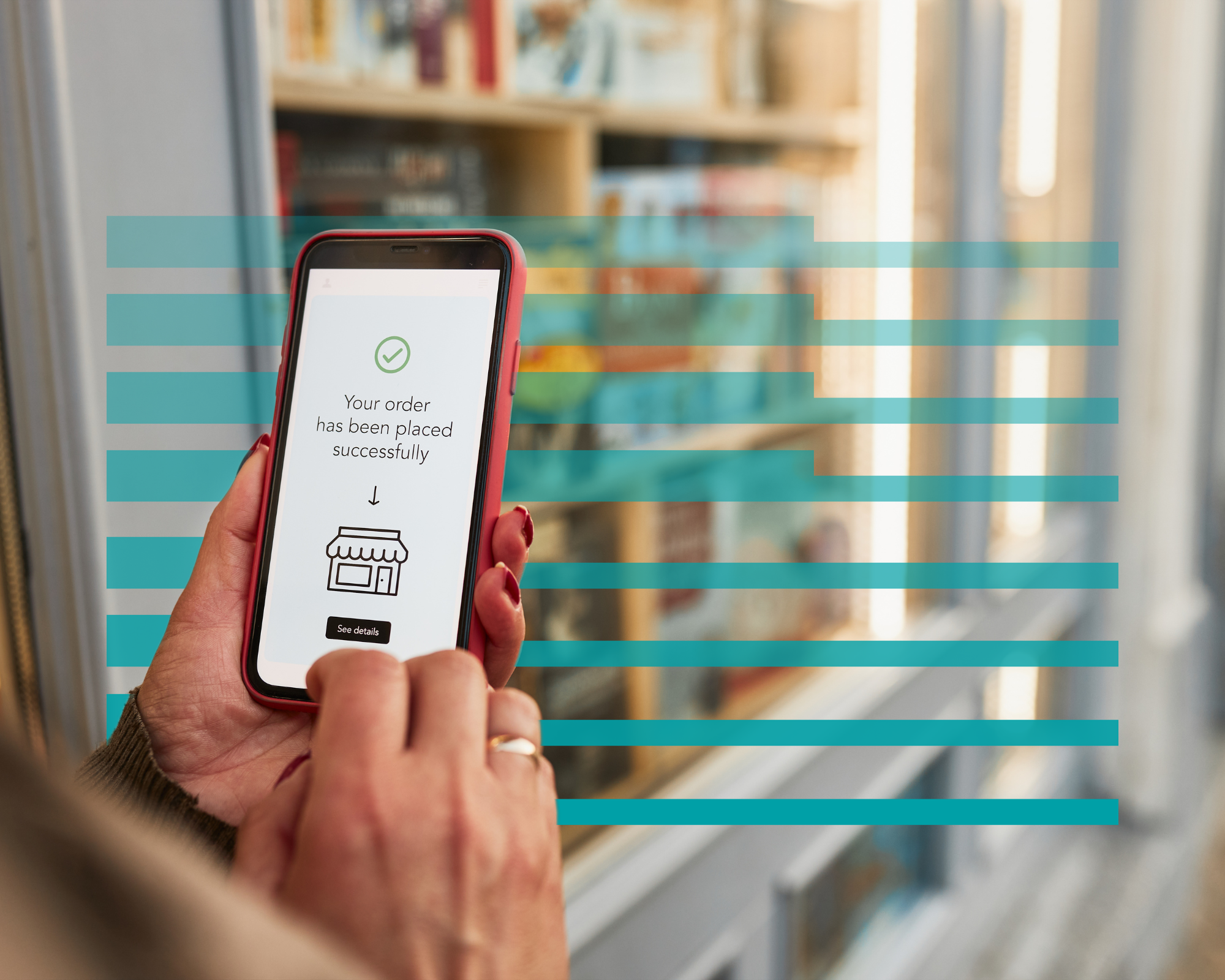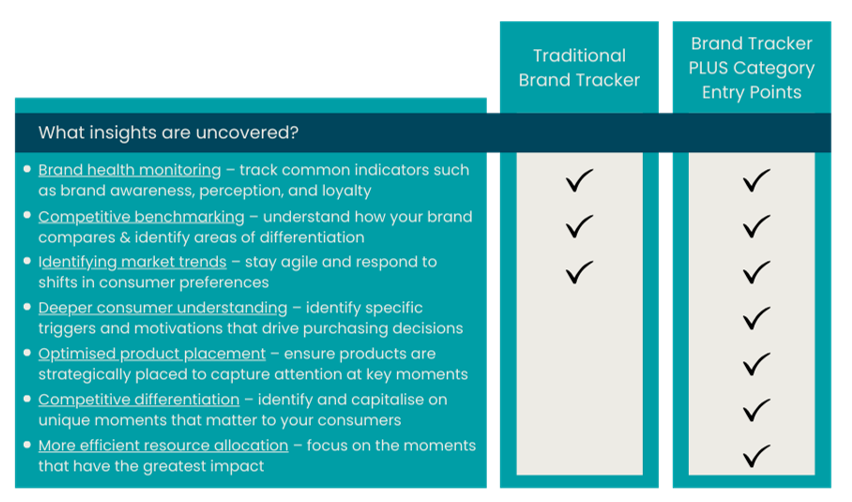Measuring Category Entry Points (CEPs) is a crucial step for brand marketing for several reasons. Firstly, by understanding the specific moments or situations your consumers are most likely to engage with your brand, you can create targeted marketing strategies that drive conversions. Secondly, by identifying and prioritising CEPs, you can concentrate your budget and resources on the touchpoints that will have the most impact, maximising your ROIs. Next, an understanding of your CEPs also offers you a competitive advantage, by not only enabling you to better understand your customer journey and its pain points, but also where you can outperform your competition, helping you to capture more market share. Finally, CEP measurements help brands identify areas for growth and innovation, increasing their market penetration.
But how do you build CEPs into your marketing if you’ve never measured them before?

Building a CEP-centric marketing plan
Define your CEPs
Start by identifying the key moments or situations when consumers engage with your brand. Here at Nepa, we suggest a qualitative approach to uncovering the full range of CEPs that lead consumers to your category.
Quantify and prioritise the key CEPs
A thorough quantitative deep-dive will help you identify the key CEPs your brand should focus on. This will help you identify a consumer’s needs, preferences, and behaviours at each CEP, and uncover where your brand’s current positioning and mental market share.
Develop targeted messaging
Now you know your consumers and CEPs, you should craft compelling messages that address their specific needs and pain points at each moment. You can also highlight how your brand fulfils these requirements better than your competition.
Leverage your distinctive brand assets
Use a Brand Asset study to identify and leverage the logos, taglines, colours, and other visual elements that make your brand recognisable and memorable. If you miss this step, you risk your product or service being recalled, but in conjunction with a competitor with a stronger brand.
Implement a targeted marketing strategy for each CEP
Use a mix of channels and tactics, such as social media advertising, email marketing, influencer partnerships, and other on and offline strategies to engage your target audience effectively. A Marketing Mix Model can help you identify the areas that will give you strongest sales activations and brand awareness.
Monitor and measure your CEP performance
Continuously monitor and measure the performance of your marketing efforts at each CEP. A Brand Tracker with Category Entry Point module allows you to track key metrics such as CEP linkage, awareness, consideration, and purchase intent, to allow you to make data-driven adjustments. By measuring continuously, you can remain agile and adaptive to changes in consumer behaviour, market trends, and competitive dynamics.
By following these steps, you can develop a robust CEPs-centric marketing plan that effectively engages consumers at key moments in their purchase journey, driving mental availability and purchase intent. If you would like some help getting started, why not get in touch?








